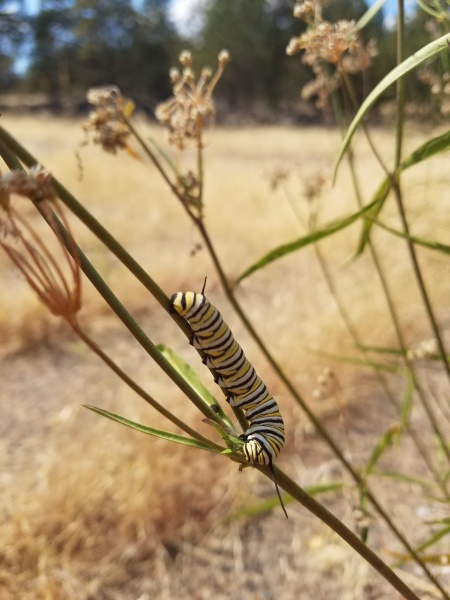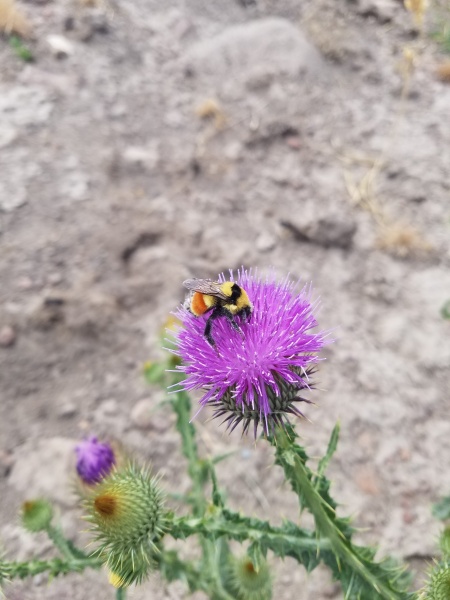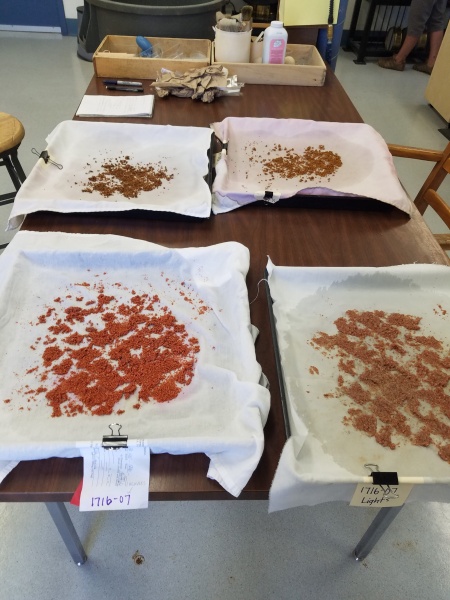I have written all about the work that takes place here at the Shoshone Field Office, so I thought I would go into a few details about some of the amazing adventures I’ve been fortunate enough to have while living in Idaho!
Within the beautiful state of Idaho itself I’ve experienced several miles of trails throughout the Sawtooth, Boise and Salmon-Challis National Forests. I’ve biked the 25-mile Boise River Greenbelt, which is a rail trail running through the city and extends outside of the city both ways. I’ve kayaked the Snake River in Twin Falls to beach caves, waterfalls and underwater lava tubes. I’ve gazed upon dozens of breathtaking waterfalls all throughout the state and I have big plans to bike the 71 miles of paved path from high mountain splendor, through the historic Silver Valley into the chain lakes region, along the shore of Lake Coeur d’Alene, over the Chatcolet Bridge to Heyburn State Park, and finally climbing to the Palouse prairie in the Idaho Panhandle sometime soon!

Alpine Lake in the Sawtooth National Forest

Biking the Boise River Greenbelt rail trail

The Boise river off of the Boise River Greenbelt rail trail

Kayaking the Snake River to beach caves, underwater lava tubes, and waterfalls!

Inside one of the beach caves on the Snake River during my kayaking trip.

Can you find me? Taking in Shoshone Falls in Twin Falls, Idaho

Mt. Borah! The tallest peak in Idaho at 12,662 ft. I gave the peak my best effort but I chickened out at the notorious “Chicken-out Ridge” one thousand feet from the summit
Outside of Idaho I have been lucky enough to see some pretty incredible sights. One of my favorites has been Glacier National Park! From panoramic views to frolicking wildlife, it is easily one of my favorite places in the world. I’ve visited the park two times and have put in over 50 miles of hiking. I have also biked a portion of the infamous “Going to the Sun Road.” I have seen more bears than I ever have in my life (an adult grizzly bear, a grizzly bear cub, and a brown bear), four moose (one of them a baby!), two ptarmigan, several mountain goats (I even witnessed a male-to-male fight!), and one billion deer! The surrounding areas around Glacier National Park, including Flathead Lake and National Forest, Swan Valley, and several other lakes are all equally breathtaking. Montana took a small part of my heart.

The rocks at Glacier National Park are so rich in color!

The views on the Highline trail at Glacier National Park are unlike any I’ve ever seen.

Wild Goose Island at Glacier National Park!

Beautiful Iceberg Lake (minus the icebergs, I was too late in the season).

Little grizzly bear cub!

Mother moose and her baby!
Just recently I took a short trip to visit my sister, who lives on Whidbey Island in Washington. Along the way I stopped to visit the beautiful Columbia Gorge, which is jaw-dropping in its beauty with waterfalls and winding rivers every which way you look. I also had the great pleasure to hike through the Mt. Baker-Snoqualmie National Forest to the Talapus and Olallie Lakes. Upon visiting my sister, we made a short day trip adventure to Olympic National Park, where the green forest was so vibrant it almost hurt your eyes. My sister and I spent a lot of time seeing the surrounding sights on Whidbey Island, hiking near the ocean, and playing with her hyperactive Boston Terrier!

Wahclella Falls in the Columbia Gorge

Relaxing at Talapus Lake in the Mt.Baker-Snoqualmie National Forest

The sister and I at Sol Duc Falls in Olympic National Park!

I like bridges. Olympic National Park.

A beautiful ocean sunset to finish off my last night on Whidbey Island, Washington
I am so filled with thanks and over-joyed at the opportunities I have been given during this internship. I will never forget the experiences I have had and the people I have met. Every day I realize more and more just how beautiful the world really is.
Marissa – Shoshone Field Office – Shoshone, Idaho










































